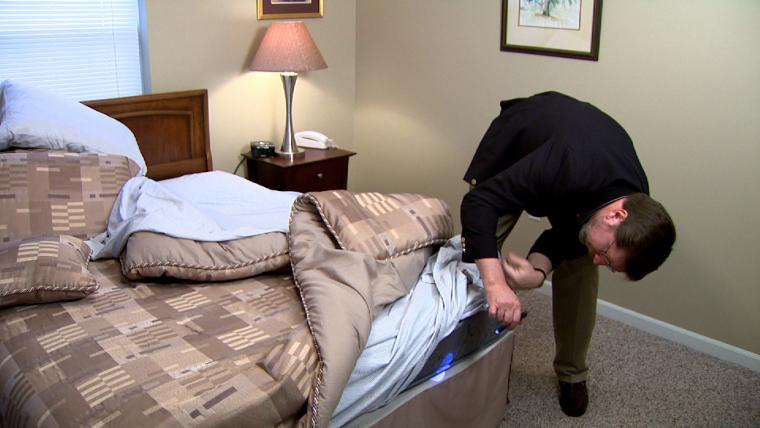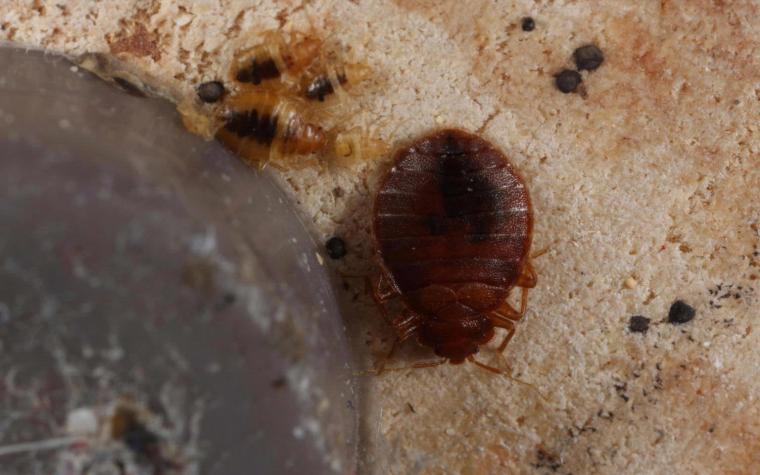Writer
Linda GeistCOLUMBIA, Mo. – To some, “Don’t let the bedbugs bite” isn’t just a quaint good-night wish. Bedbugs are a nightmare for people in the hospitality and housing industries, says Sam Polly, coordinator of University of Missouri Extension’s Pesticide Safety Education Program.
With zero tolerance for these tiny pests, it is important to hire the right pest control provider, Polly says. Misapplied pesticides or choosing subgrade “exterminators” opens owners to expenses and legal liability.
“You need to eliminate bedbugs before they spread, so you need a reputable pest control firm,” he says. “Don’t choose one based on price or allow a renter, friend or family member attempt to treat them.”
Control begins with prevention and education, he says. Bedbugs hitchhike on luggage and used furniture, so check items for signs of bugs before bringing them into the home. Check regularly for bedbugs to detect them early.
Bedbugs are about the size of a small tick and easily seen with the naked eye. These wingless pests are brownish red in color. Their eggs are pearl-white eggs and about the size of a pinhead. Bedbugs commonly show along mattress seams, behind headboards, in ceilings and wall junctions, along baseboards and on personal belongings. They leave behind brown or black fecal spots.
Polly recommends choosing a pest management professional before you need one.
Look for a professional who is friendly, knowledgeable and helpful, he says. They should have a business facility, adequate staff and well-maintained equipment. Ask for references from local customers and run a check with the Better Business Bureau or the National Pest Management Association.
Professionals will offer proof of a certified commercial applicator’s license, insurance and other credentials. After assessing the extent of infestation, they will explain the treatment process they use. The contract should address this as well as guarantees, cost and agreed access to the building with minimal disruption.
Observe if the workers wear protective equipment and follow good safety practices. Ask for a written record of applied pesticides. After treatment, a follow-up inspection should reveal dead bugs.
Treatments and costs depend on the degree of infestation. Medium to light infestations use chemical treatment. Heavy infestations use heat treatments that can penetrate walls, furniture, flooring, etc.
The MU Extension publication “Occasional Biting Pests” is available for free download at extension.missouri.edu/publications/g7396.
The MU Extension video “The Return of the Bedbugs,” from 2010, is on YouTube at youtu.be/C4FeuscBW4s.
Originally published Sept. 29, 2021.
Photos available:
https://extension.missouri.edu/media/wysiwyg/Extensiondata/NewsAdmin/Photos/2010/Bedbug%20Check.jpg
Crevices in mattresses and box springs are common hiding places for bedbugs. MU Extension photo.
https://extension.missouri.edu/media/wysiwyg/Extensiondata/NewsAdmin/Photos/2010/bedbug.jpg
An adult and several nymph bedbugs hiding under the foot of a recliner. Also visible are blood and feces. Photo by Gary Alpert, Harvard University, Bugwood.org.

